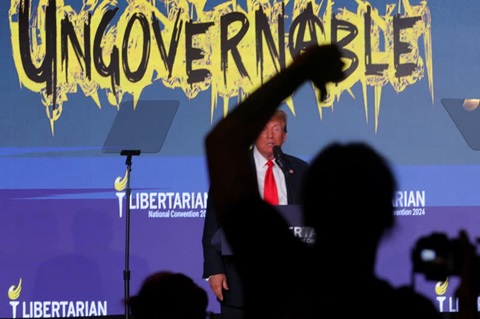
Dear Commons Community,
New York City’s Marymount Manhattan College has agreed to merge with Northeastern University.
Marymount Manhattan’s name will change to Northeastern University-New York City when it joins Northeastern’s network, which includes campuses in London, Silicon Valley and Toronto. The merger is subject to approval by state and federal regulators and accreditation agencies, a process that could take two years or more.
Officials from Northeastern put the decision in the context of the troubling economics facing smaller colleges and universities — and Northeastern’s success with programs that give students on-the-job experience. As reported by The New York Times.
Joseph Aoun, the president of Northeastern, said he wanted to tap a far larger market for lifelong learners in New York — people who need to “re-skill and upskill” as technology reshapes the job market. He said that Marymount Manhattan, like Northeastern, had “placed great emphasis on interdisciplinary and experiential learning,” making the two schools a good fit.
“We want to be in New York,” Aoun said. “We like Marymount Manhattan because Marymount Manhattan is a small institution, but it’s an institution that likes experiential learning.” Aoun also said there was room for a larger school with a broader reach in New York. “No institution, even the constellation of institutions that exists in New York, can meet all the needs.”
Marymount Manhattan began as a two-year women’s college in 1936, became a four-year school 12 years later and awarded degrees to its first male graduates in 1973.
Marymount Manhattan has been known for its performing arts programs, particularly in theater, and for a prison education program at two state facilities in Westchester County. But Aoun noted that Marymount Manhattan offers 34 majors, in everything from behavioral neuroscience to marketing.
Marymount Manhattan officials said they had approached Northeastern, but not because financial worries had put Marymount Manhattan in immediate danger of shutting down. “This was not a reflexive act on Marymount Manhattan’s part,” Abby Fiorella, the chairwoman of the school’s trustees, said.
Marymount Manhattan blamed declining enrollments and rising operating costs for an outlook that was “not sustainable” despite a $28 million endowment. The college had about 1,450 students last fall, down from 1,915 in 2017.
Marymount Manhattan has run annual deficits of more than $1 million a year since 2020 after posting a surplus of roughly $900,000 the year before. But Fiorella and Peter Naccarato, Marymount Manhattan’s interim president, said their concern was the future and the expected decline in the number of college-age students in the Northeast.
“We saw these headwinds coming,” Fiorella said.
Northeastern said that tuition and fees for Marymount Manhattan students would not increase with the merger, beyond yearly adjustments. Northeastern, with 42,000 students across its 13 campuses, charged $63,141 for tuition and fees in the academic year that is ending, $21,271 more than Marymount Manhattan.
Marymount Manhattan’s 85 full-time faculty members will be offered one-year contracts and will be considered for faculty positions with Northeastern, the two schools said. Northeastern will assume Marymount Manhattan’s liabilities, along with its assets, which include classroom buildings on the Upper East Side.
Marymount Manhattan opened 88 years ago as an outpost of Marymount College in Tarrytown, N.Y., run by the Religious of the Sacred Heart of Mary, a Roman Catholic order. It became a four-year school in 1948 and independent in 1961, although three seats on Marymount Manhattan’s board are currently held by nuns from the order. Marymount College in Tarrytown merged with Fordham University in 2002; Fordham then closed that campus in 2007.
As for giving up the Marymount Manhattan name, Fiorella said: “Look, you’ve got to look at the sum of all parts. What to us was maintaining our signature performing arts program, our prison education program and our campus.”
My wife, Elaine, worked at Marymount Manhattan for several years as an assistant to its Provost, David Podell. It was a fine institution with many excellent programs.
Good luck with the merger!
Tony












